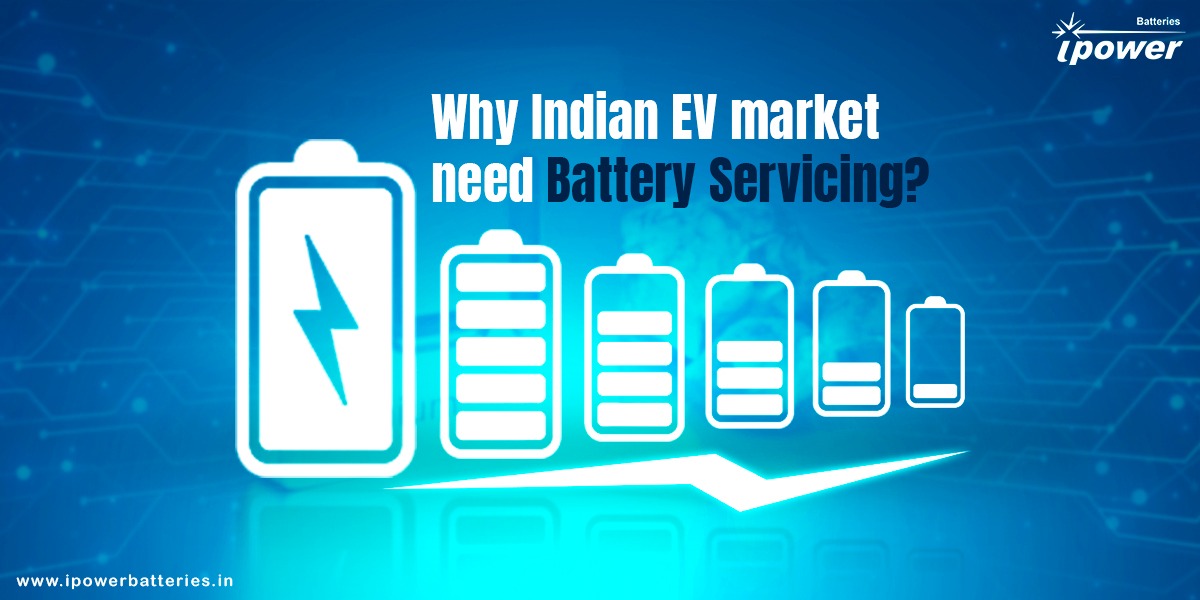In the e-mobility sector, battery swapping is quickly becoming a superior replacement for the infrastructure for battery charging. The huge decrease in the cost of owning an electric car is one of the main factors contributing to the widespread acceptance of this technology. Sales and registration of electric vehicles without batteries are made possible by battery swapping.
According to this concept, battery, and electric vehicles are treated as different entities and energy service providers are solely responsible for these batteries. Consequently, battery-swapping technology creates a lot of business and employment prospects in the EV ecosystem while also benefiting EV consumers.
Battery swapping makes it simple to swap out depleted batteries for fully charged ones. In the swap stations, the batteries can be switched manually or mechanically robotically. As a result, the EV driver can substitute the drained batteries with the charged ones at any swapping station in a matter of minutes. Furthermore, because consumers only have to pay for individual swaps, this strategy is more cost-effective for them.

The first step in the battery swapping mechanism is to swap out depleted or partially charged batteries at the Battery Swapping Station with fully charged ones (BSS). The second task entails the Battery Charging Station’s electric recharging of the exhausted batteries (BCS).
The order of the EV driver’s arrival at the swapping station determines how they might exchange their drained batteries.
The ability to self-serve conveniently is a critical feature of the battery-swapping system. This involves an efficient charging mechanism that combines simple digital authentication with seamless digital payment, making the entire process extremely simple.
A dependable power distribution system is required for the controlled charging of multiple batteries at the same time and location. The grid system must be intelligent enough to supply high energy to the charger while also compensating for all expected fluctuations. The provision for collective charging of batteries in the same location serves as an effective load balancer for the grid. By managing the battery charging schedule accordingly, the bulk charging facility also ensures uniform load demand on the grid.
The batteries are leased to EV drivers by energy operators. Energy providers have outlets where EV users can go when their battery is discharged and swap it for a charged battery. The batteries are owned by the energy operator, who also operates a network of battery stations where EV users are charged on a per-user basis.
Efficient communication between the various system components is required for the smooth operation of a battery swapping operation. The battery-swapping solution employs software to ensure continuous connectivity between the vehicle, battery, driver, and chargers via cloud connectivity. This communication ensures that all of the components work together. Furthermore, all of this data is recorded and accessible to authorities as well as EV drivers to maximize the performance of the electric vehicle and its counterparts.
The battery must be separated from the electric vehicle for each swapping operation in the swapping technology. As a result, the security of the battery is a top priority for the concerned service providers to maintain a stable business. The swappable batteries are designed as locked-smart batteries to ensure battery safety (LS- Batteries). This locking mechanism only allows an authorised charger of the energy operator to charge these batteries. Furthermore, these batteries will not be usable in any vehicle other than the one in which they are swapped.
The battery swapping system also provides the added benefit of proper battery disposal and recycling.
According to the study, more than 12 million tonnes of lithium-ion batteries are expected to be retired by 2030. It requires raw materials with environmental and human consequences, such as lithium, nickel, and cobalt. Batteries generate a lot of electronic waste at the end of their lives. Many industry participants are working on ways to recycle dead batteries and extract valuable metals on a large scale in order to keep materials in circulation and reduce reliance on mining. We should develop a better solution to keep the battery in use for a longer period of time in other sectors.
Battery Swapping Roadmap
Use standard battery technology: Battery swapping will be simplified by standard battery design elements such as pack size, cavity, electric power control unit, and output performance per unit. These innovations act as catalysts for achieving economies of scale faster.
Recycling of EV Batteries: Battery recycling represents a significant opportunity for India. Batteries that are swapped can be built with a recycling-friendly design to make repurposing easier. Manufacturing and then recycling the batteries of these EVs with recycled materials will eliminate sourcing, lowering vehicle unit costs.
Battery-as-a-service (BaaS): Battery should be regarded as a service segment, similar to liquefied petroleum gas or other functional batteries. To subsidise per-kilometer operations rather than the purchase cost, the incentives must be extended to battery units. Gross-cost financing models, as well as standard operating procedures for energy operators, can aid in the exploration of financially viable solutions.
To gain the trust of users and boost confidence in availability, BaaS can be made available to them on a subscription basis.
Click Here to Explore Our Product Range
Follow for More Updates





